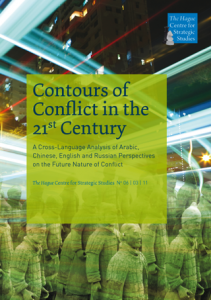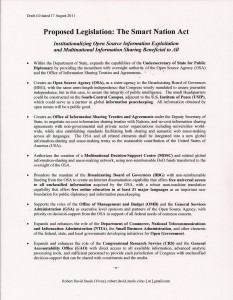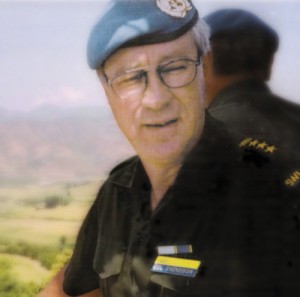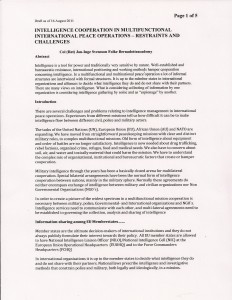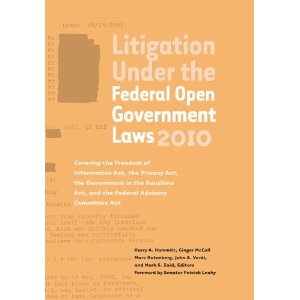
Electronic Privacy Information Center (Author), Marc Rotenberg (Editor), Harry A. Hammitt (Editor), Ginger McCall (Editor), John A. Verdi (Editor), Mark S. Zaid (Editor)
I'm exploring a major campaign to expose illegal actions across the Defense Office of Hearings and Appeals and the Defense Intelligence Agency in particular, and in talking to the Electronic Privacy Information Center (EPIC) leadership got a chance to understand just how vital and USEFUL this guide is.
Senator Patrick Leahy, co-sponsor of the OPEN Government Act of 2007, and many others are on record as considering this the single most indispensable tool in any citizen's toolkit.
For myself, having seen the capricious, arbitrary, and often unethical and even abusive manner in which DIA Personnel “cooks the books” and manipulates job announcements and screening decisions, and having been personally privy to enormous abuse by the Director of the Defense Office of Hearings and Appeals and a specifc group of his subordinates, consider this manual essential to my own search for justice.
Although I will use it more to inform myself so I can assist the specialist lawyers in making the most of what I know in their probing inquires at DIA and DOHA, I certainly recommend it to any citizen that has a specific concern that is not getting a fair hearing.
I also recommend the publisher and experts that put it together, the Electronic Privacy Information Center (EPIC). Many folks do not realize that they have been one of the leading champions of open government, and have also been one of the leading champions in exposing fraud, waste, and abuse that has been concealed by secrecy.
The US Government, in my view, as a general observation, is out of control and no longer representative of We the People. This is the handbook for citizens to use in holding every branch of the federal government accountable for its misbehavior and its dereliction of duty in failing to represent the public interest as opposed to the interest of its very big stakeholders who are recipients of the tax dollar rather than contributors to the treasury of the Republic.
Arm yourself with this knowledge, and go into battle confident in the righteousness of your cause.
See Also [Amazon book link still broken]:
Piercing the Veil of Secrecy: Litigation Against U.S. Intelligence by Janine Brookner


